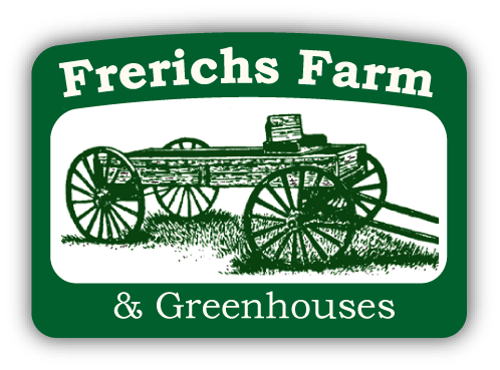Eating Up the Landscape: Helpful hints & tricks from David and Barbara
Interested in growing some of your own food but lack the time, energy or even the space for a dedicated vegetable garden? Consider interspersing vegetables, fruits and herbs with your plants in your landscape.
Read on to learn more about how every garden has potential to bear edible fruit From veggies to herbs, this list of tips will have you harvesting in no time!
How to choose the right plants:
Compact growing
We choose vegetables that grow in a compact habit with colorful foliage, attractive structure or flowers. Examples include bush beans, chard, eggplant, kale, mesclun mix, okra, hot peppers, and bush tomatoes.
Let them climb
Climbers such as cucumbers and indeterminate tomatoes that can sprawl over trellises, spreading yews, evergreens or shrubs are recommended. Try to avoid shrubs that are prickly or produce inedible fruits.
Stand tall
Embrace vertical-growing plants, such as onion sets and leeks.
Start with seeds
Give it a whirl with seeds for vegetables that are best planted directly in the garden, such as beets, peas, carrots, radishes. These come in a variety of colors for decorative and flavor value.
Embrace your inner herbivore
Try herb plants, such as chive, dill, parsley, basil, fennel, lavender, sage and thyme.
Taste the flowers
Try edible flowers that will attract beneficial insects and help repel the bad guys. These include marigolds, pansies, nasturtiums, daylilies, calendula, dianthus and violets.
Get fruity
Why not try? Fruit trees of all kinds can be used in your garden.
Use that space
Perennials such as grapes for an arbor, strawberries, raspberries, asparagus and rhubarb for gardeners with the available growing space.
